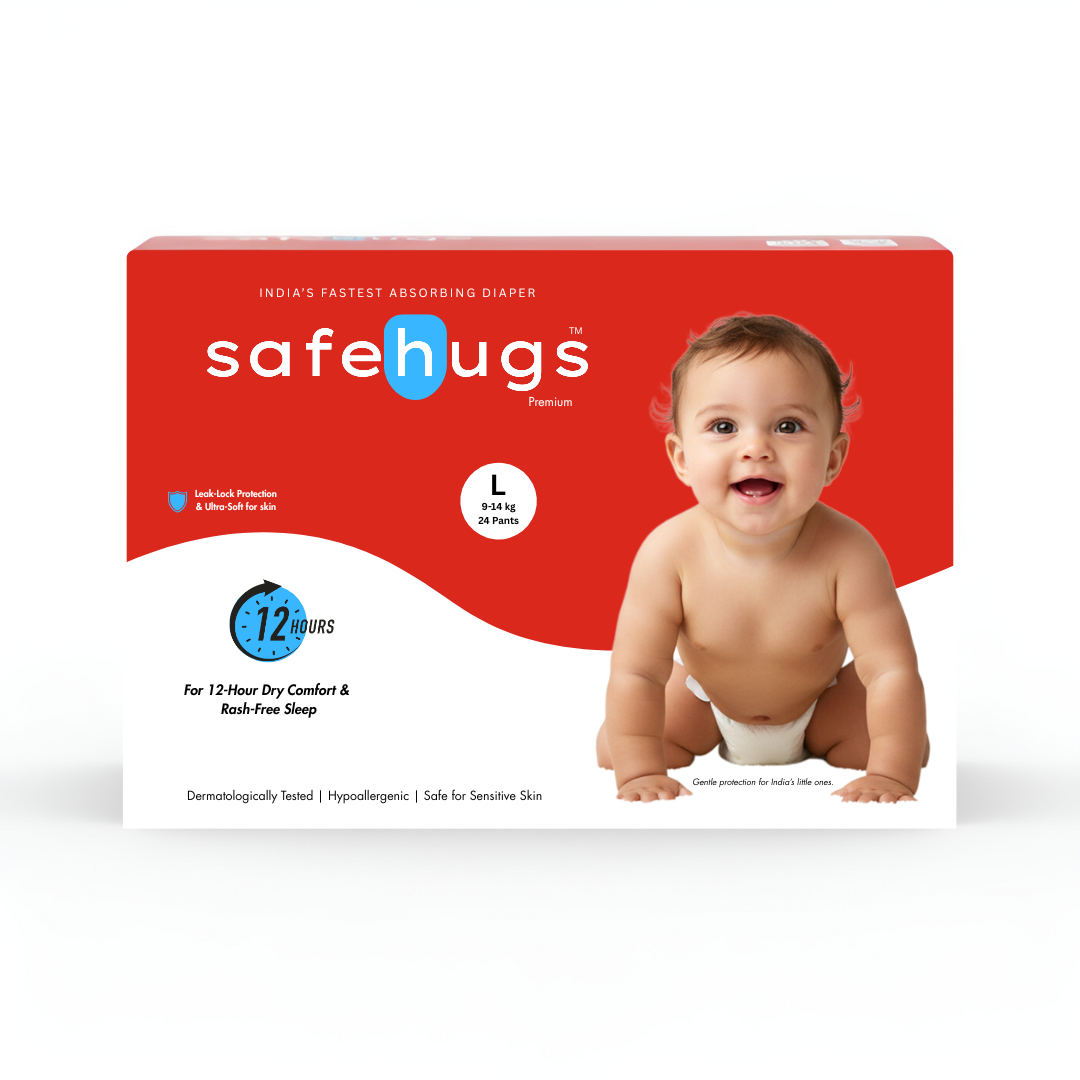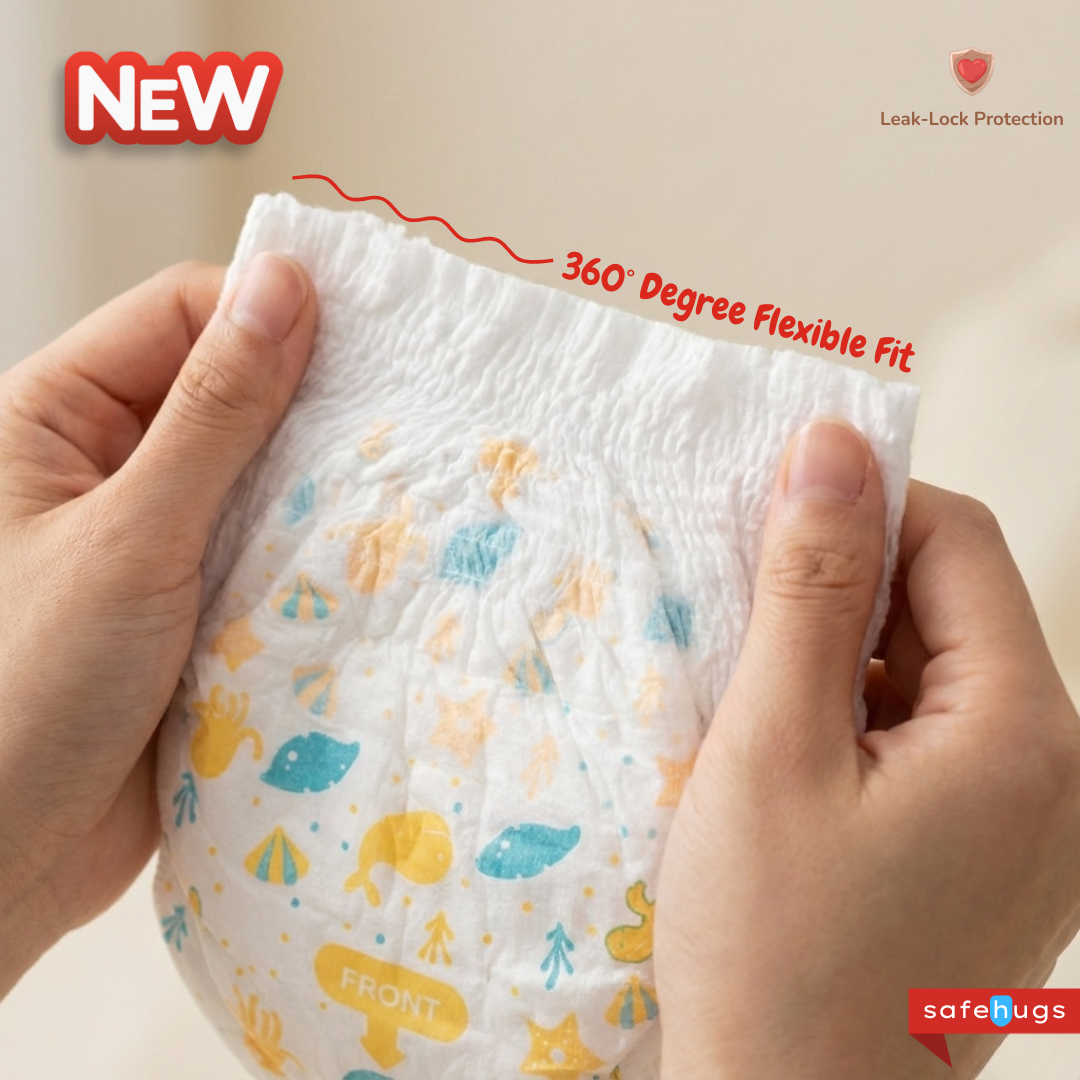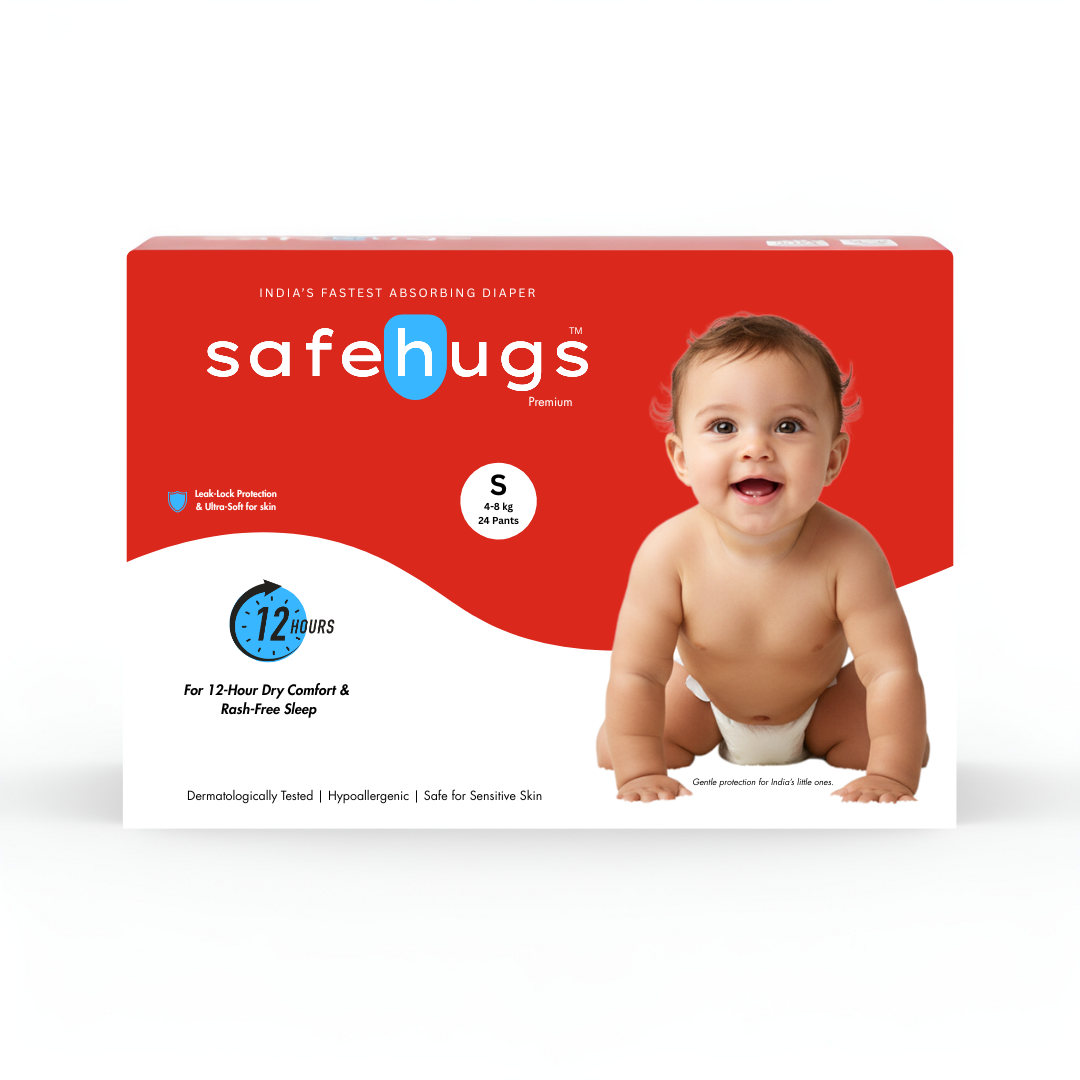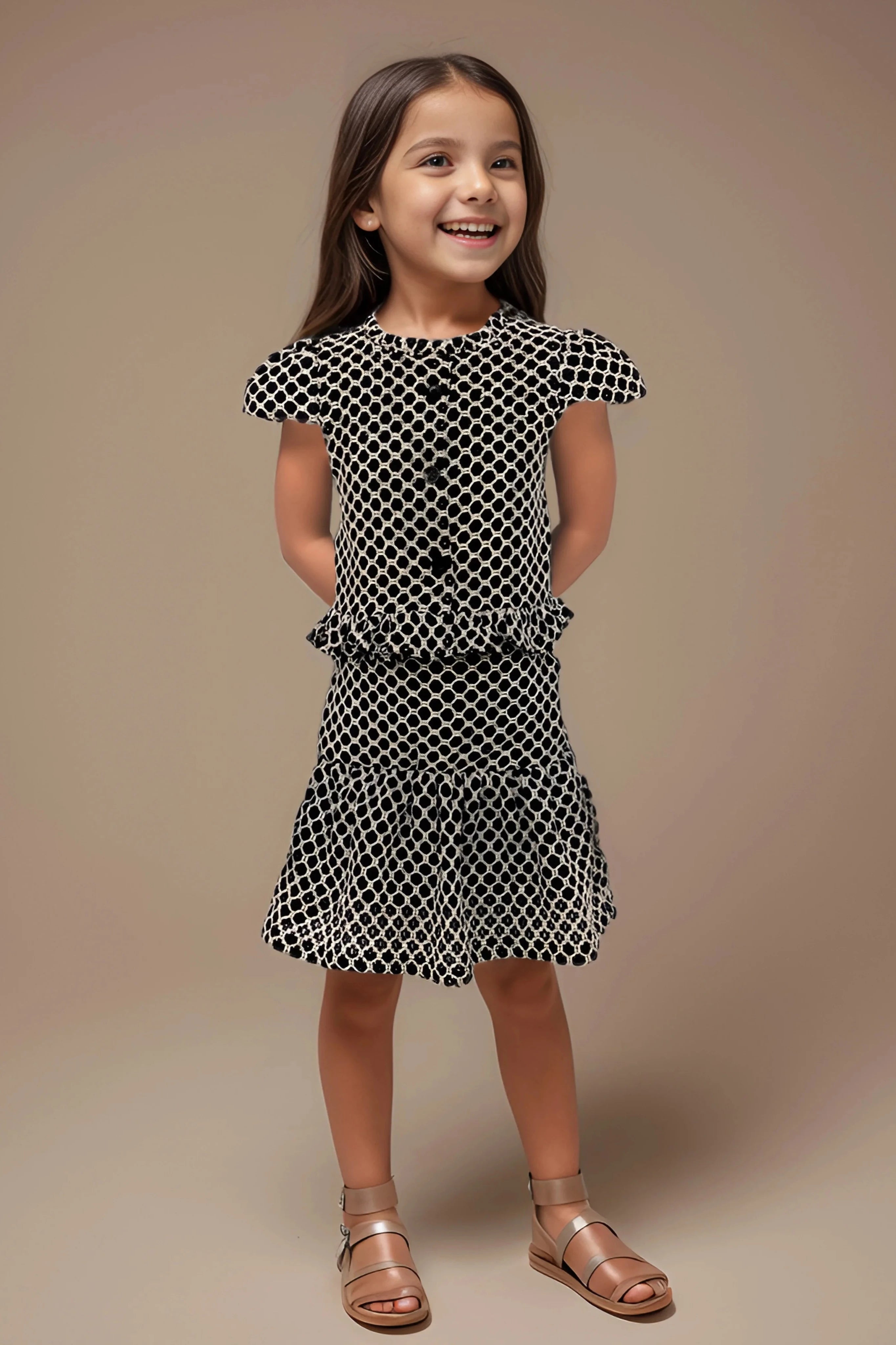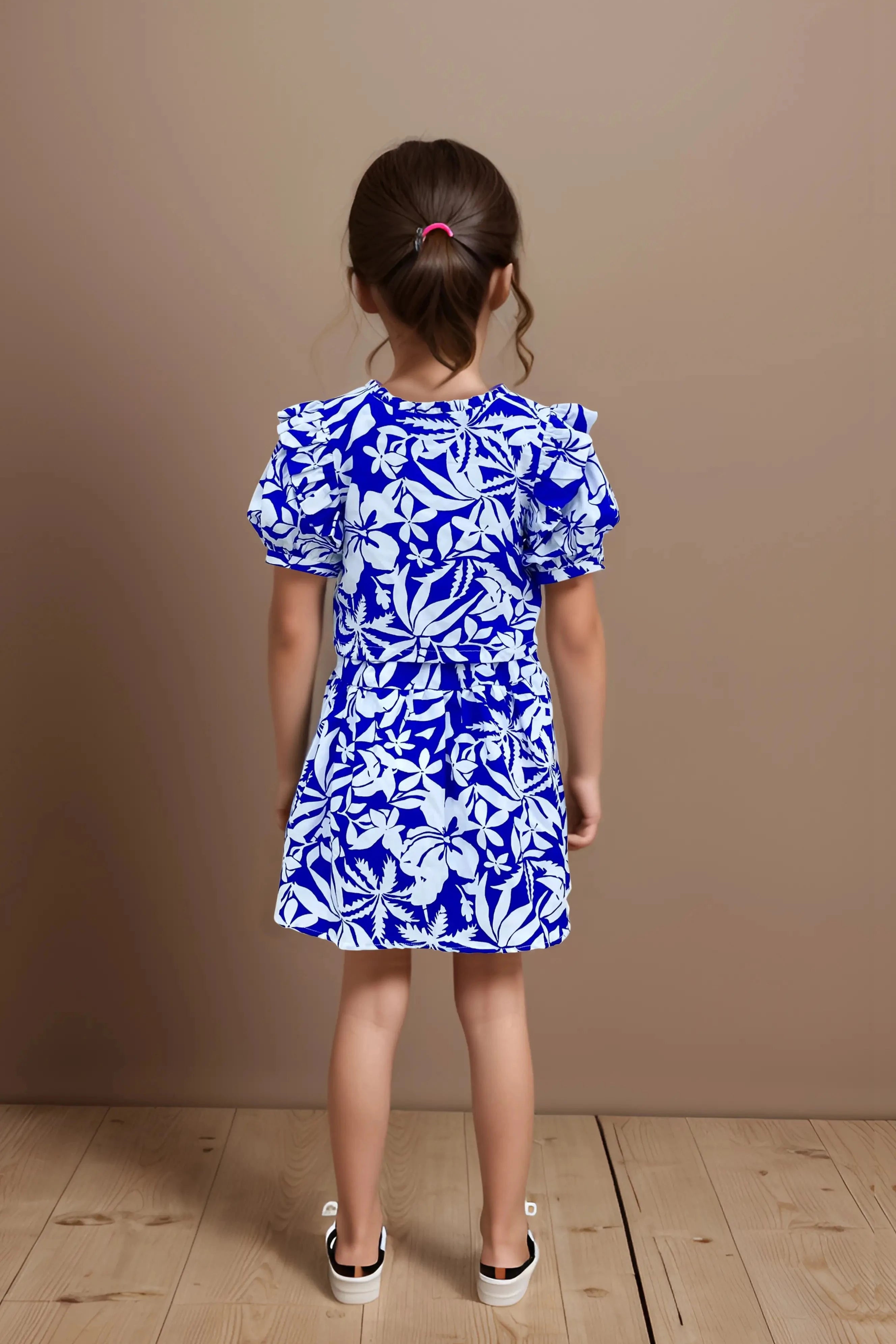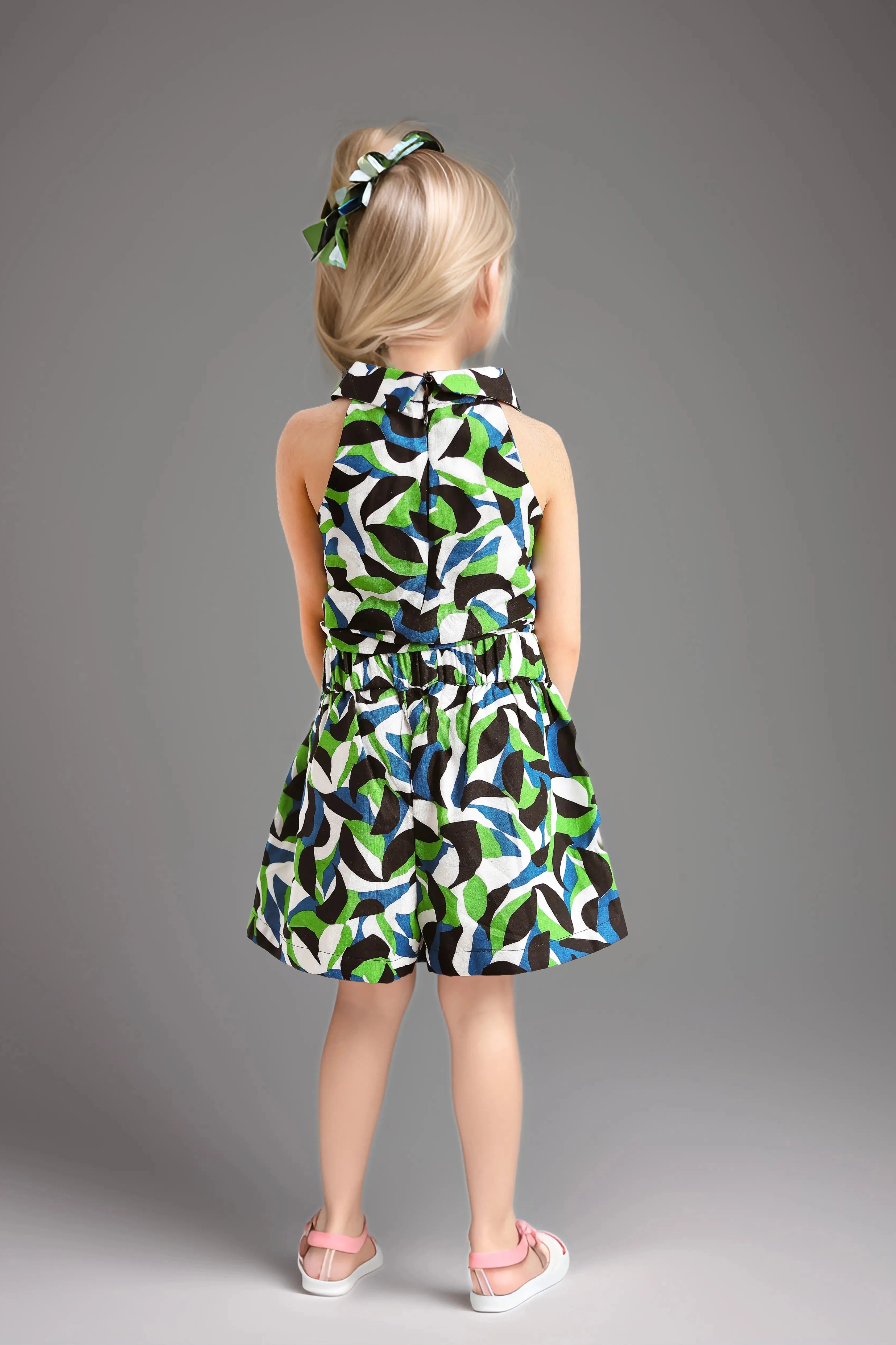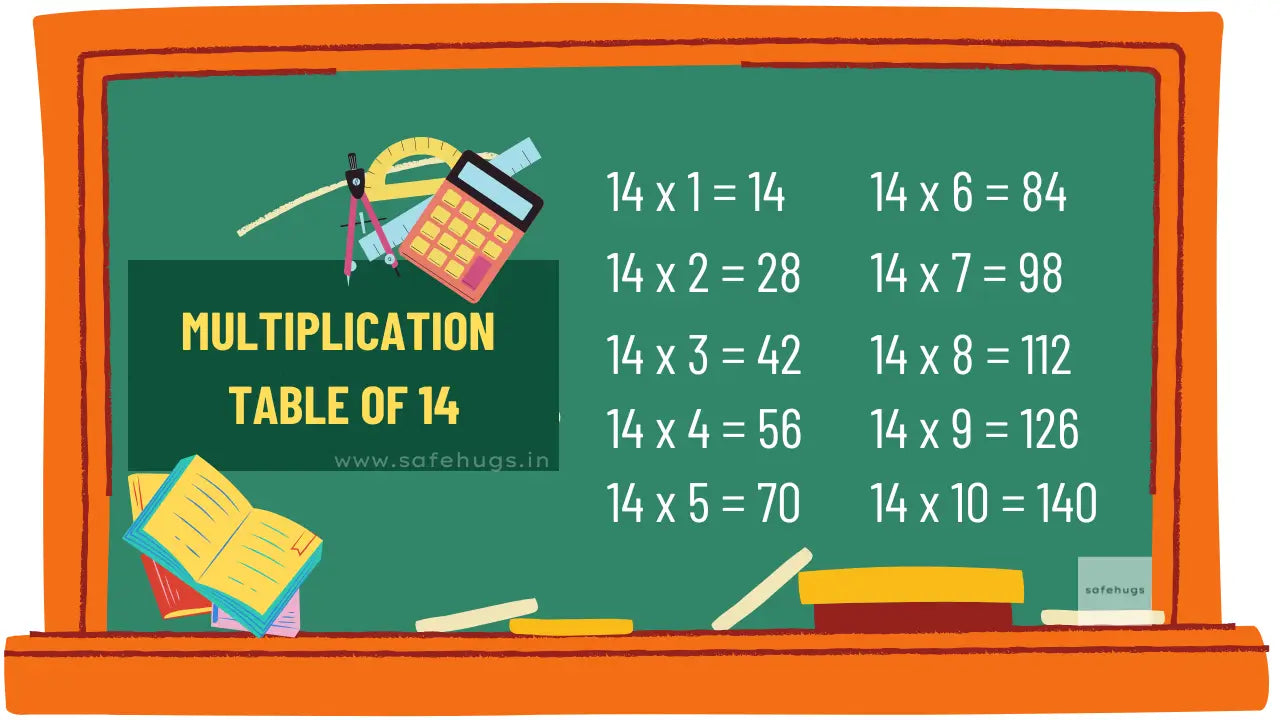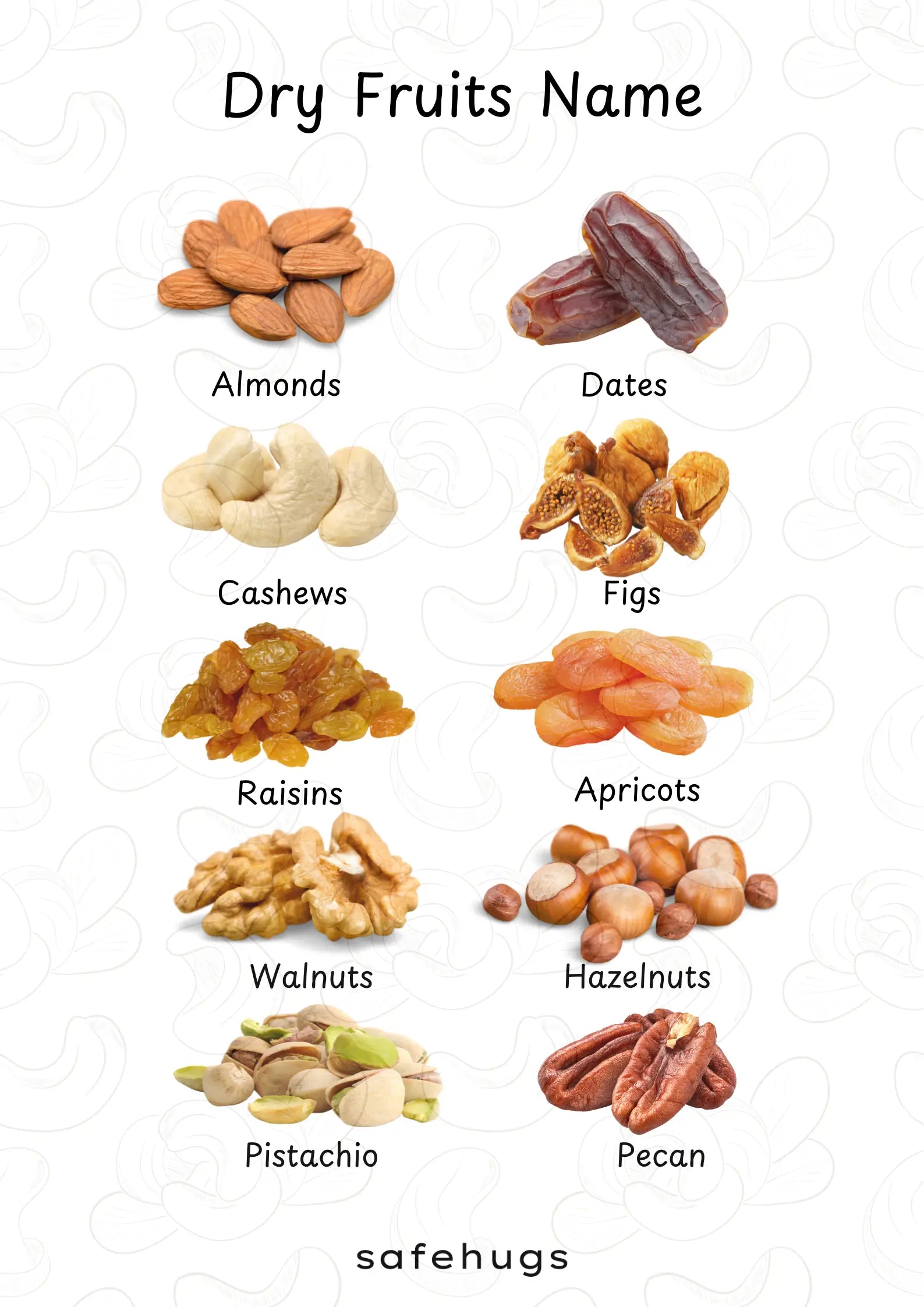13 Table: Multiplication Table For Kids (Print PDF)
Multiplication tables are fundamental tools in math that help simplify calculations by displaying the results of multiplying one number by another. In this article, we'll explore the 13 table and share some tips and tricks to make learning fun and engaging.


Tips & Tricks for Learning the 13 Table
-
Visual Patterns for Odd and Even Numbers
The products in the 13 table alternate between odd and even numbers (13, 26, 39, 52, etc.). Kids can use this pattern to remember that each answer will switch between odd and even. -
Learning the 13 table becomes simpler if you're already familiar with the 12 table. You can derive the multiples of 13 by adding natural numbers from 1 to 10 to the corresponding multiples of 12. Here's how:

-
Doubling and Adding the Original Number
For some numbers, doubling the number and then adding it to the 10-times result can make it easier. Example for 13 x 5 :
Start with 10 times: 5 x 10 = 50
Add the double of 5: 5 x 2 = 10
Add them: 50 + 10 + 5 = 65 -
Teach kids to add 13 repeatedly . Start with 13, then add 13 to get 26, then add 13 again to get 39, and so on. It helps reinforce addition skills and internalizes the sequence.

-
Break Down 13 as (10 + 3):Split 13 into 10 and 3, then multiply each separately and add the results:
For example, 13 x 3: (10 x 3) + (3 x 3) = 30 + 9 = 39.

-
13 Table Song

Fun Activities to Memorize 13 Table




Quiz Time: Test Your Knowledge





Why is Learning 13 Table Important?
- Strengthens Basic Math Skills: Understanding and memorizing multiplication tables, like the 13 table, builds a strong foundation for higher-level math concepts that kids will encounter as they progress through school.
- Boosts Confidence: Mastering multiplication tables gives kids confidence in their math abilities, making them feel more comfortable when solving problems both in and out of the classroom.
- Prepares for Future Learning: The ability to recall multiplication facts quickly is essential for understanding advanced math topics like fractions, algebra, and geometry.
- Practical Life Skills: From calculating quantities in recipes to understanding measurements, learning multiplication tables prepares kids for practical applications they will encounter as they grow.
Additional Resources
To further support learning, here are some additional resources:
-
Educational Apps: Apps like "Kids Multiplication Math Games" or "Math Games: Math For Kids" offer interactive ways to practice multiplication tables.


- Websites: Websites like "Times Tables" and "Math Mammoth" provide multiplication games, quizzes, and printable worksheets.
- Printable Worksheets: Websites like "K5 Learning" have free downloadable worksheets for practicing the 13 Table.
- Songs and Videos:
Links to other tables
We've organized the multiplication tables from 2 to 20 with tips and tricks to make learning fun. You can also refer to these for extra practice.
FAQ'S
1. Why is learning the 13 table important?
Learning the 13 table is essential for enhancing mental math skills, making calculations quicker and more efficient. It provides a foundation for understanding more advanced math topics, such as division, fractions, and algebra, and helps in real-life applications like budgeting and time management.
2. What are some tips to memorize the 13 table?
To effectively memorize the 13 table, try breaking it down into smaller steps and recognizing patterns (like adding 13 repeatedly). Using flashcards and engaging in fun quizzes or games can also be helpful. Writing the table multiple times and employing visual aids can reinforce memory.
3. How can the 13 table be used in real life?
The 13 table is useful in various everyday situations, such as counting items in groups of thirteen, calculating expenses, and solving math problems related to time or measurements. For example, knowing the 13 table can help when budgeting for purchases that come in sets of 13.
4. At what age should kids start learning the 13 table?
Kids can start learning the 13 table around ages 8 to 10, after they have a solid understanding of smaller multiplication tables. This prepares them for more complex mathematical concepts as they continue their education.
5. Are there any tricks for quickly finding the multiples of 13?
Yes! A simple trick is to add 13 repeatedly to find the next multiple. For instance, start with 13, then add 13 to get 26, then 39, 52, and so on (13, 26, 39, 52, etc.). Another technique is to break down 13 into components, such as recognizing that 13 is 10 + 3, which can help with mental calculations.
6. How can I make learning the 13 table fun for my child?
You can make learning the 13 table enjoyable by incorporating games, songs, and interactive activities. Create challenges or competitions with family members, use educational apps focusing on multiplication, or encourage your child to recite the table while engaging in a physical activity like jumping or dancing.
7. What resources are available to help learn the 13 table?
There are many resources available, including online educational platforms, apps, worksheets, and flashcards. Websites and videos that offer interactive lessons can also be beneficial in reinforcing learning.



